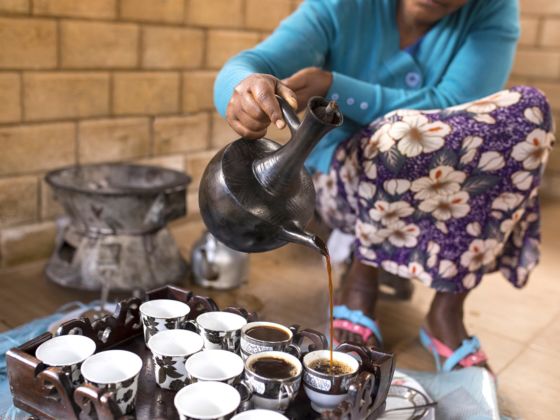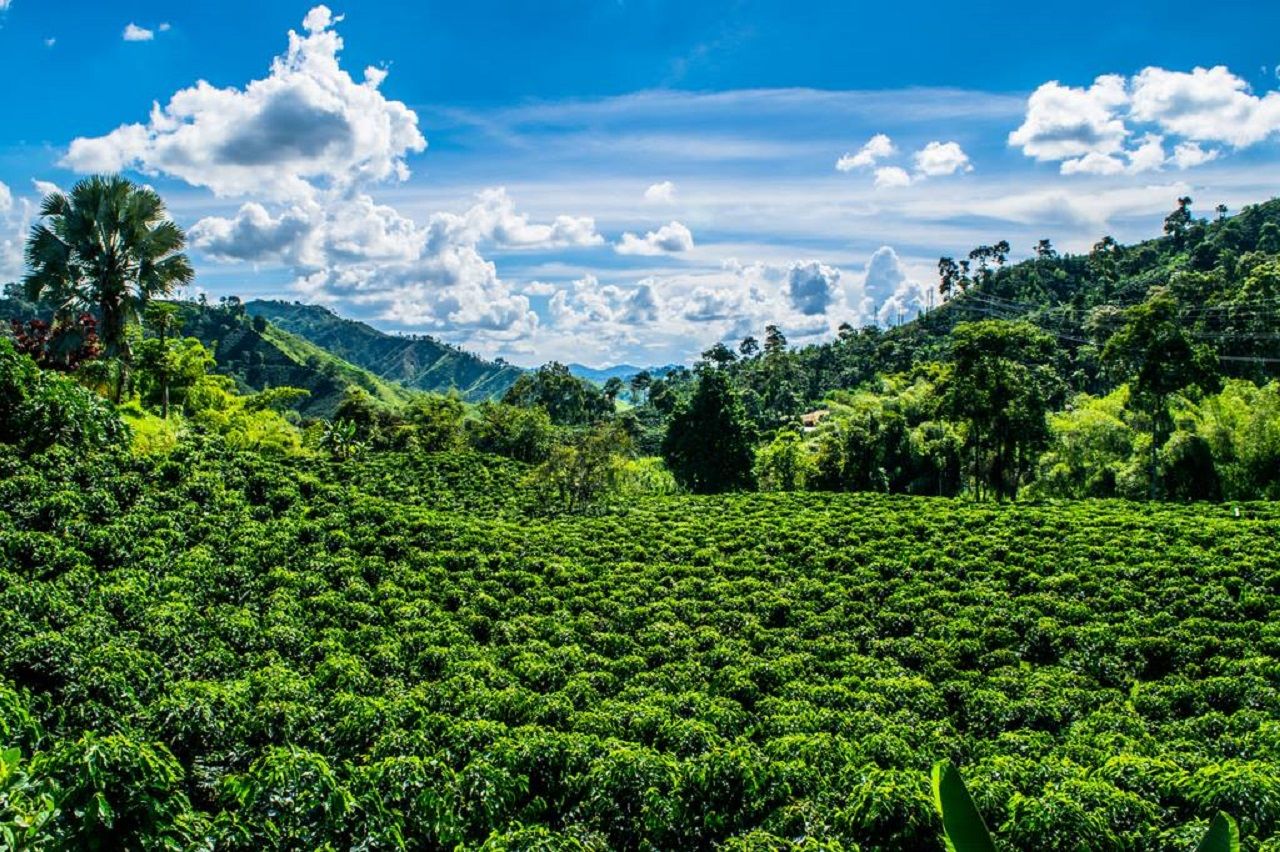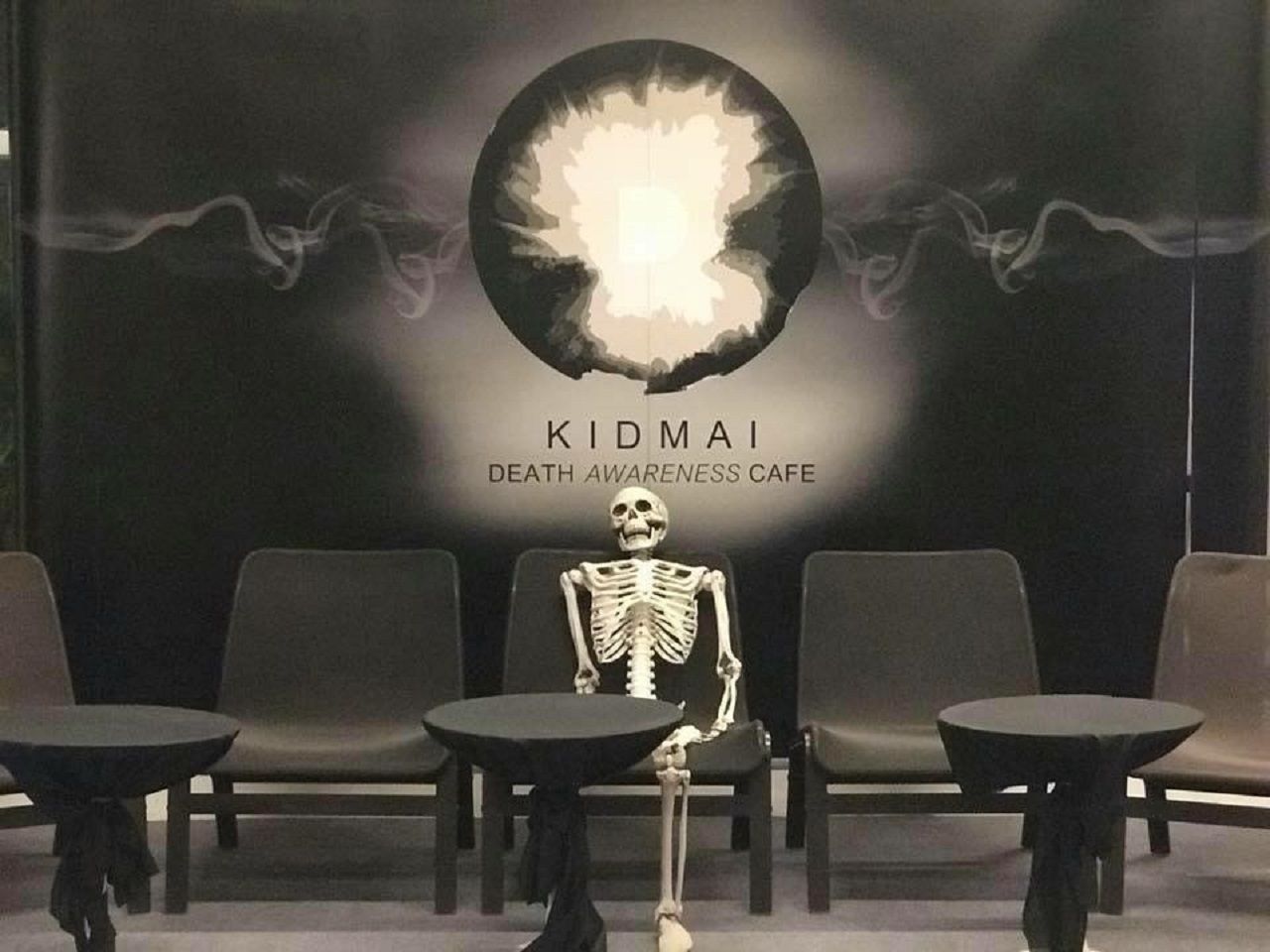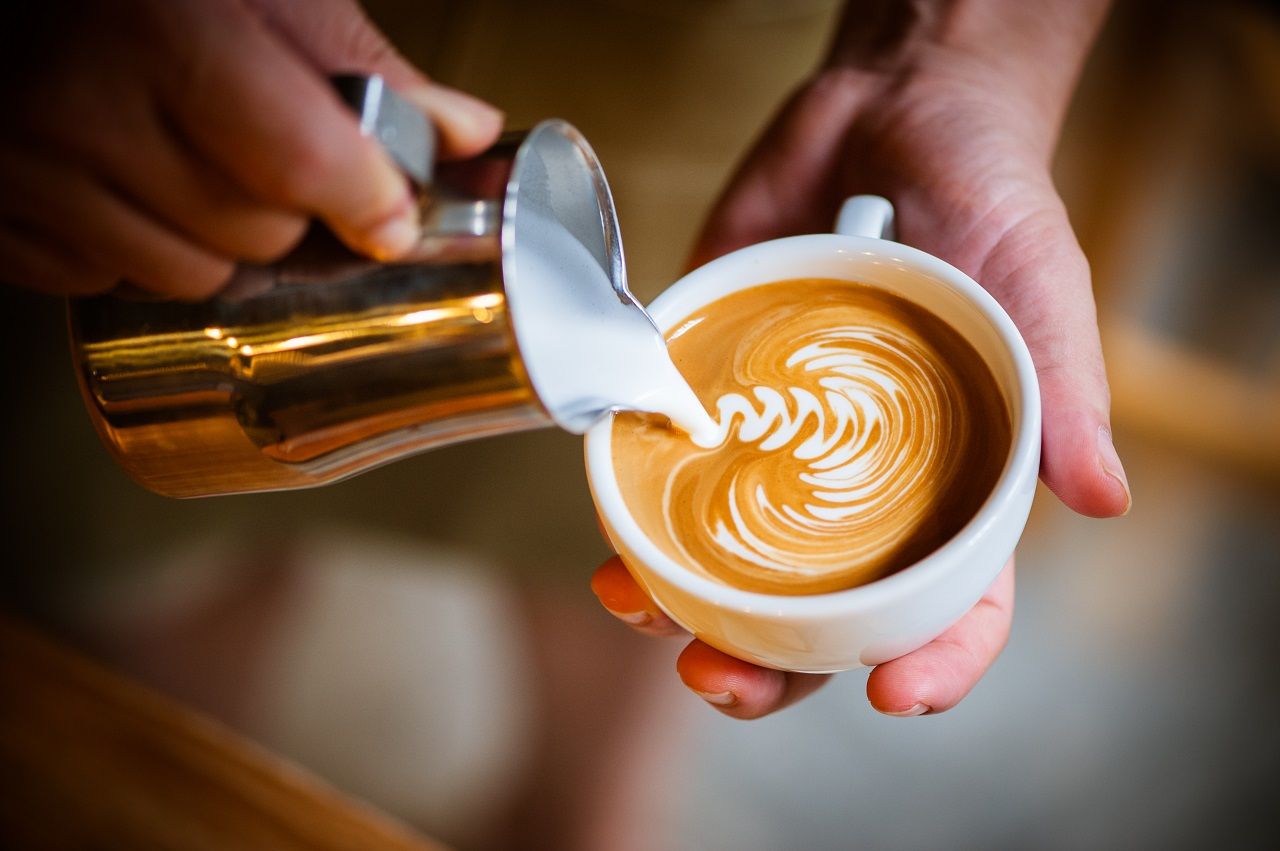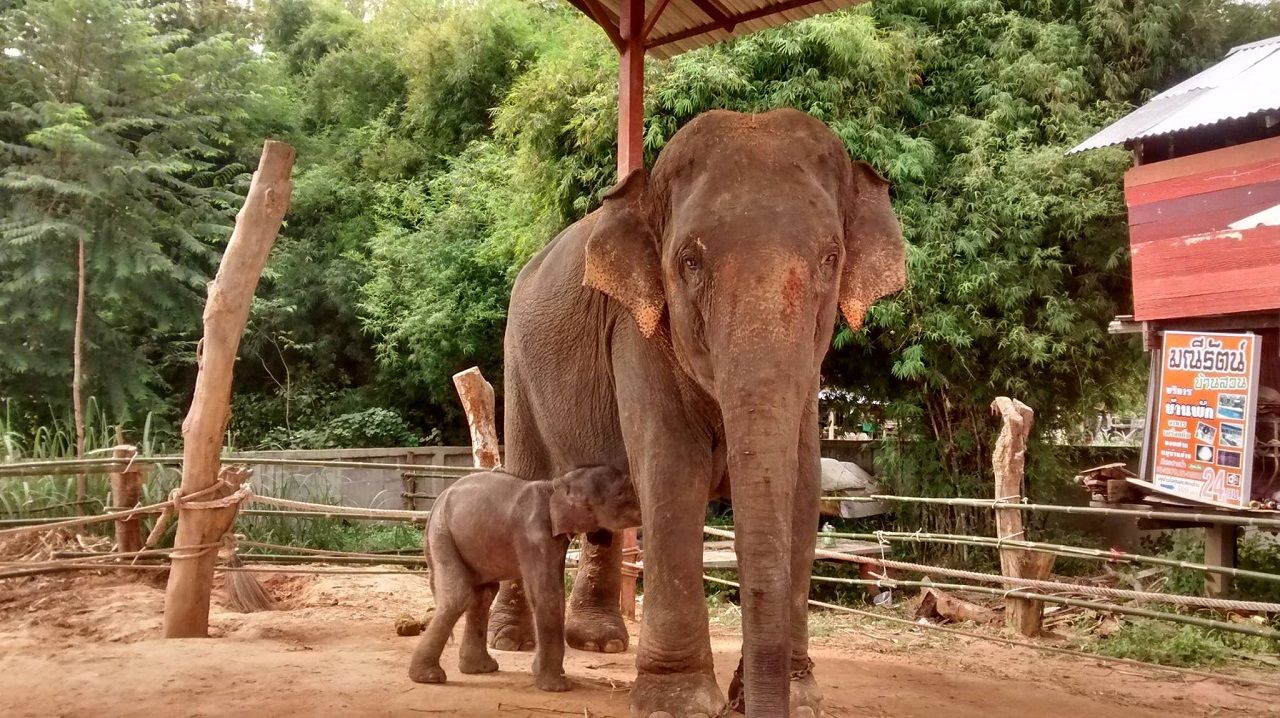Coffee makes the world go round. It’s the second most consumed beverage after tea (third if you count water, but that’s not really fair), and nearly every country has its own way of preparing and drinking it. Even small towns have a place or two that sells $4 cups these days. And while coffee knowledge has percolated down from the most serious coffee fans to the average Joe looking for a cup of Joe, especially in the top coffee cities, there are some coffee-related activities that take things to another level.
When it comes to drinking coffee, there’s the stuff from the gas station, there’s crafted cups from third-wave shops, and then there are the experiences that will change your coffee-loving life. For those really looking to take their java obsession to the next level, these are the five best coffee experiences from around the world.
